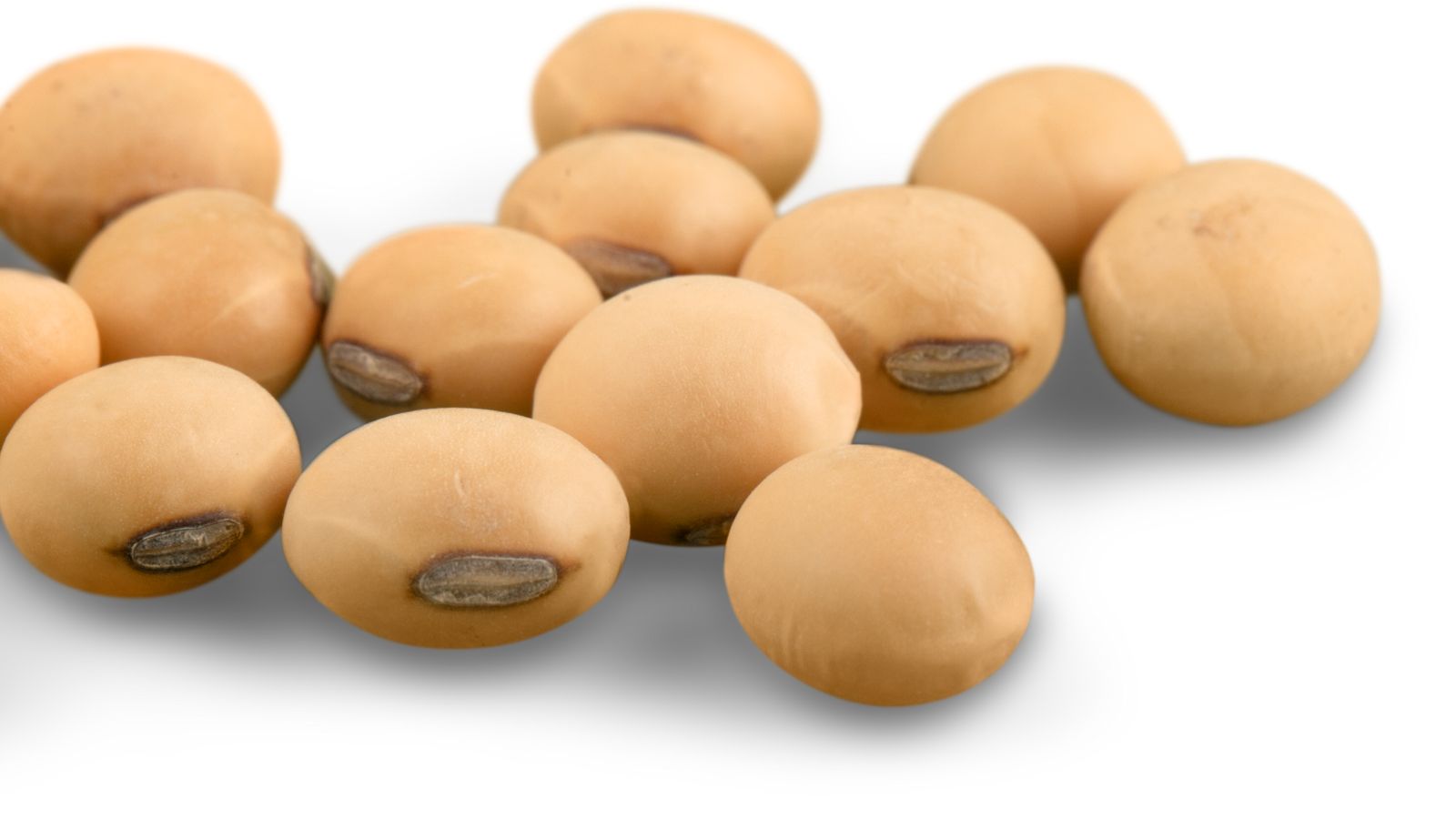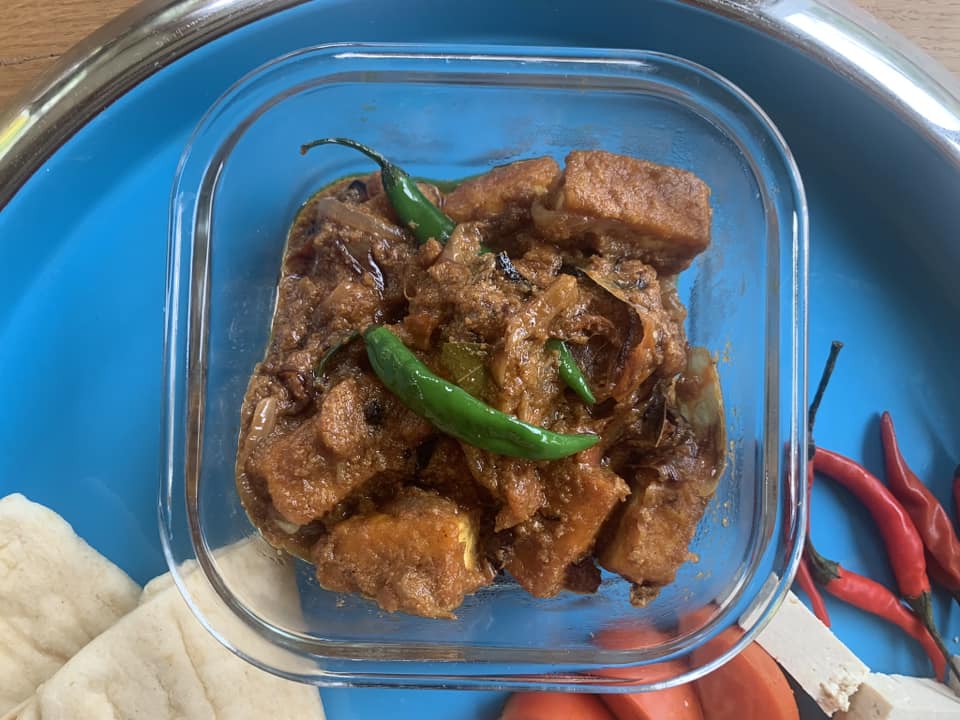
By Fareeha Jay, Registered Dietitian
Research indicates that women from diverse ethnic backgrounds may employ different coping strategies and exhibit varying nutritional needs during perimenopause and menopause. One of the most extensive active epidemiological studies, SWAN, examines women’s health during their middle years. The study includes several ethnic groups; however, it does not have South Asian women as part of the study. Research is required for South Asian women with perimenopause and menopause. It is essential to recognise the potential barriers, nutritional needs, and requirements to menopause care that are particular to South Asians, owing to differences in perception, understanding and needs. This article explores how managing the symptoms of menopause in South Asian women might be different compared to other ethnic groups.
There is no data available on the average age of menopause for South Asian women in the UK however, studies done in India and Pakistan show that the mean age for menopause is 46.7 and 47.16 years from India and Pakistan respectively. It is a much lower age when compared to the women in western countries, whose mean age for menopause is 51 years old. Several detrimental health effects, such as cognitive decline, dementia, parkinsonism, glaucoma, congestive heart failure, osteoporosis, mood disorders, sexual dysfunction, and an increased risk of death overall, are linked to early menopause. Therefore, South Asian women need to take extra care of their health and well-being during their perimenopause and menopause periods.
Health risks of low oestrogen
Oestrogen is a hormone that has a vital role in women’s health. It is needed for puberty, the menstrual cycle, pregnancy, bone strength and other functions of the body. Women’s hormones go through a transformation process, and levels of oestrogen start to fall during perimenopause. The significant health risks of low oestrogen include osteoporosis and heart disease.
Heart Disease: Oestrogen protects the body against heart disease by raising high-density lipoproteins (HDL) in the blood. It also has an impact on where the body stores fat. Oestrogen increases the storage of peripheral fat, while androgen increases visceral abdominal fat accumulation. Therefore, a decrease in oestrogen and an increase in androgen will result in more fat around the middle. Having more fat around the middle, i.e. the organs, including the heart, puts the body at higher risk of heart disease and stroke.
Osteoporosis: As the oestrogen level drops, the bone density decreases faster. Otherwise, oestrogen slows down the loss of bone as it is involved in bone turnover. It also helps maintain strong bones by preventing calcium loss.
The critical thing to note is that South Asian women, are a population with a disproportionately higher CVD burden compared with other race and ethnic groups. South Asian women might also be breaking down bones at a quicker rate than they are being reformed, making them more susceptible to osteoporosis and fractures in later life.
Therefore, does this mean that South Asian women are at an even higher risk of these health conditions compared to other ethnic groups? More research is warranted to find out if that is the case.
Menopause Symptoms:
In an American study on the ethnic differences in menopausal symptoms, women of Indian origin reported “exhaustion or fatigue” as a significant symptom of menopause, and ageing was considered the perceived cause. For them, managing symptoms of menopause was all about being mentally strong. There were only 16 participants of Indian origin; therefore, the results cannot be generalised, and they do not cover all South Asian ethnicities.
A scoping review of 11 studies about the menopausal experiences of South Asian immigrants revealed a range of somatic symptoms, vasomotor symptoms, musculoskeletal symptoms, and early menopausal onset. Psychosocial symptoms encompass feelings of anxiety, depression, and impaired memory and focus. The intervention that was most frequently used was self-management.
Poor Body Image & Eating Disorders
The different stages of menopause can also be associated with some disordered eating behaviours (binge eating and orthorexia nervosa) among middle-aged women. Some studies showed that postmenopausal women had more restrained eating than premenopausal women. Anxiety, depression, low mood, low motivation and a sense of losing control are all frequent menopausal symptoms that can lead to, or exacerbate, eating problems. As South Asian culture is known for being blunt and explicit when discussing body image issues like appearance and weight, many women from these cultures grow up with negative body images. Women may experience insecurity due to social pressure to have a specific appearance, such as a tiny waist, fair complexion, and no wrinkles. Commentaries from family and community members on bodies reflect this. Reproductive health and body image are not topics of family conversation in South Asian society. This lack of conversation in childhood may also impact menopause-related healthcare access journeys. The majority of South Asian women feel unprepared and lack the knowledge necessary to recognise or manage the changes and symptoms in their bodies. There is little research on body image in ethnic communities. Researchers understand the necessity to include more ethnic populations in their studies on menopause and body image. To mitigate negative body image and encourage positive body image, it is necessary to evaluate the extent to which culture influences South Asian women’s perceptions of their bodies.
Beliefs towards Menopause
There is also a need to understand variations in health beliefs in the South Asian culture that may influence the perception of menopause and potential treatment strategies. Western white populations are typically the focus of menopause research. Research on menopause in non-white women is scarce, and what is available reveals that cultural differences influence menopause. In a mixed- method study it was found that UK South Asian women marked the end of menstruation as the beginning of ill health, and mentioned not speaking to anyone about it and they did have access to medical services but chose not to see a doctor. Menopause, for them, was a sign of slowing down and the end of life. There is no word for menopause in the South Asian languages and dialects. There is a taboo around the topic, and it is never talked about.
Further in-depth studies should be conducted on South Asian women with menopause. These studies will help us better understand South Asian women’s menopausal needs and guide the development of menopause interventions in future.
Guidance on Diet and Nutrition
Will the guidance on diet and nutrition vary for South Asian women? Is it also something that needs to be further researched? The following points on diet could be kept in mind for South Asian women to support them in perimenopause and beyond for their long-term health.
Advice on Reducing Hot Flushes
Foods with phytoestrogens may have a mild oestrogen effect on the body, and studies suggest that they help reduce hot flushes; however, it may take a few weeks after introducing food with phytoestrogens in the diet to notice the effect. Foods include cereals, flax seeds, chickpeas, lentils, fruit, and vegetables; however, compared to other plants, phytoestrogens are found the most in soya. Studies suggest that 2-3 portions of soya foods a day can reduce the severity and frequency of hot flushes. Soya foods include edamame beans/soya beans, silken tofu, firm tofu, soya drinks, soya yoghurt alternatives, and tempeh.
Though soya has benefits, most South Asians do not eat it except for some of Indian and Nepalese origin. Moreover, mostly, only edamame beans are consumed. Through personal experience, it is noted that most of the South Asian population are pretty resistant to trying foods such as tofu and tempeh, whilst many do not even know what they are.
Advice to increase phytoestrogen for South Asian women should be along the lines of increased intake of lentils, pulses, chickpeas, fruit, and vegetables; however, it is vital to encourage them to learn about soya and how South Asian recipes can be modified to use soya products in them. There is a need to develop South Asian recipes for specific soya foods.

Advice on Heart Health
In a systematic review three studies showed that that protein and monounsaturated fat intakes were significantly lower in South Asian immigrants than in Westerners. Perimenopausal and menopausal women should eat adequate protein and swap saturated fats with unsaturated fats for their heart health.
In South Asian cooking ghee (clarified butter) is the preferred cooking oil. Ghee has been implicated in the increased prevalence of coronary artery disease amongst South Asians due to its high content of saturated fats.
Advice should be given on increasing the intake of lentils, beans, nuts, seeds, and (sustainably sourced) fish within their traditional recipes, such as Haleem, Masoor Dalal, Tenga, and Panjiri. In some religions of South Asian cultures, ghee carries a lot of importance; therefore, advice should be more based on eating in moderation rather than altogether avoiding it.
Advice on Bone Health:
Oestrogen plays a major role in bone turnover, which has a significant effect on bone density. Bone density begins to decline more quickly as oestrogen levels fall. According to a study, pre-menopausal South Asian women may be more prone to osteoporosis and fractures in later life as they might be breaking down bones at a quicker rate than they are being reformed. Preserving bone density above the point at which a bone becomes brittle would be the goal – consuming foods high in protein and calcium. The structure of bones is greatly influenced by calcium, which makes up 99% of the body’s calcium content. There may be a higher chance of osteoporosis as bone density declines. The advice is to include dairy and non-dairy sources of calcium but remind South Asian women that lassi (yoghurt-based beverage) and paneer are also sources of calcium. To highlight, paneer provides 537mg/calcium per 100g*. Okra is a popular vegetable in South Asian communities and is a source of calcium – providing 160mg calcium per 100g*.
*nutritional values from Nutritics, February 2024.
Vitamin D is essential to minimise the loss of bone density and help bones absorb calcium to grow new bone tissue. 10–30 minutes of sun exposure, particularly between 10 am and 4 pm, at least twice a week, to the face, arms, hands, and legs – without sunscreen, – is enough to produce adequate levels of vitamin D in the body. However, In the UK, this is not always possible. National Health Service guidelines recommend that everyone should take 10 micrograms of a vitamin D supplement, daily, throughout the year, especially in autumn and winter months.
It is estimated that most South Asians in the UK suffer from vitamin D deficiency; one report suggests that this percentage could reach 94% in the winter and 82% in the summer. Numerous risk factors, such as inadequate vitamin D intake, can be attributed to this high prevalence. In the UK, many South Asians adhere to religions that strongly emphasise vegetarian diets, which are low in vitamin D. On the other hand, populations of Banglasheshi who regularly consume oily fish may have a lower prevalence of deficiency.
The necessity for many South Asian women to cover their bodies culturally contributes to the protective effect of melanin in South Asian skin, which inhibits cutaneous vitamin D synthesis. According to the National Health Service, people of South Asian origin should consider taking a daily supplement containing 10 micrograms of vitamin D throughout the year. This advice is also echoed by the British Dietetic Association.
Weight-bearing activities need to be included to maintain bone density. Some South Asian women are nervous about participating in exercise as certain types of activity do not correspond with social rules of modesty, grace, and cultural representations of femininity.
Many also believe that housework, care for their families, and daily activities are exercise. These women should be supported and provided with awareness about exercise, advice on specific exercises, and signposted to exercise services around the area.
Some South Asian women may include herbal tonics and naturopathic practices to mediate their menopause symptoms. Most of them, such as dry ginger powder and turmeric, are harmless. However, it should not be the only means to relieve symptoms.
Recipe – Tofu Masala
Here’s a delicious recipe which includes protein from soya in the form of tofu.
Serves: 2

Ingredients:
- 100 g tofu
- ½ teaspoon red chilli powder
- 2 tablespoon oil
- 1 green cardamom
- 1 onion peeled and sliced
- 1 teaspoon garlic paste
- ½ teaspoon salt (or to taste)
- 75 g yoghurt
- 1 teaspoon garam masala powder
- 2 tablespoon gram flout
- ½ teaspoon turmeric powder
- 1 dried bay leaf
- 1 cinnamon stick
- 1 teaspoon ginger paste
- 2 tomatoes chopped
- 100 ml water
- 2 green chillies
Method:
- Drain the excess water from the tofu and cut it into cubes.
- Combine one tablespoon of gram flour, chilli powder and turmeric to make a marinade.
- Use your hands to toss the tofu very gently in the marinade until well coated and leave for 15 minutes.
- During those 15 minutes, place the pot on medium heat and add one tablespoon of oil.
- Add the bay leaf, cardamom and the cinnamon stick and cook for a minute.
- Add the onion to the pot and sauté until it softens and changes colour.
- Add the tomatoes, ginger and garlic paste and the salt and cook for a few minutes.
- Add 50 ml of water (to prevent it from sticking), and the yoghurt to the pot to make gravy.
- Put aside the gravy and add the remaining oil to a pan on a medium heat.
- Add the marinaded tofu to it and fry until golden brown.
- Add the fried tofu to the gravy, put the remaining water, and let it cook on low heat for 5 minutes.
- Top it up with the green chillies and the garam masala and serve hot.
SUMMARY
Menopause care for South Asian women is different, which may also impact service provision. More research is needed to give insight and information on managing menopause symptoms in South Asian women.
YOU MAY ALSO BE INTERESTED IN:
AFRICAN AND CARRIBEAN EATWELL GUIDE
SOUTH ASIAN DIETS AND TYPE 2 DIABETES






